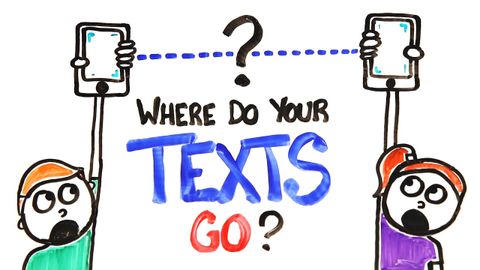
Subtitles & vocabulary
Where Do Your Texts Go?
00
韓澐 posted on 2016/09/23Save
Video vocabulary
project
US /prəˈdʒɛkt/
・
UK /prəˈdʒekt/
- Verb (Transitive/Intransitive)
- To predict what will happen in the future
- To show something on a screen using light
- Noun (Countable/Uncountable)
- A planned piece of work for specific purpose
- Group of homes built by government for poor people
A1TOEIC
More fact
US /fækt/
・
UK /fækt/
- Noun (Countable/Uncountable)
- Something that is known or proved to be true
A1
More tackle
US /ˈtækəl/
・
UK /'tækl/
- Transitive Verb
- To start working on a difficult problem
- To grab and throw a person to the ground
- Noun (Countable/Uncountable)
- Equipment used in fishing
- Arrangement of ropes and wheels used for lifting
B1TOEIC
More Use Energy
Unlock All Vocabulary
Unlock pronunciation, explanations, and filters
